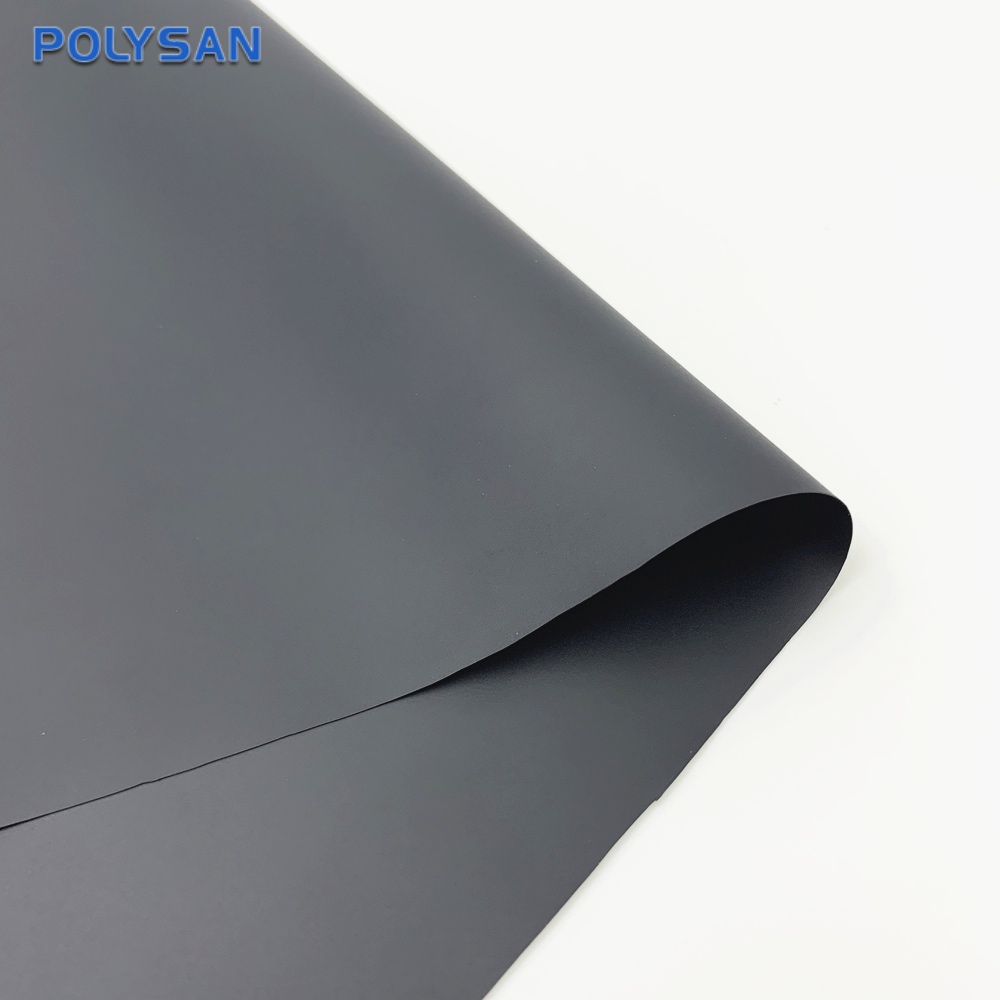Unveiling the Limitations and Challenges of High-Low Temperature TPU Film
2024-03-08
Introduction:
High-low temperature Thermoplastic Polyurethane (TPU) film is renowned for its exceptional thermal stability, flexibility, and durability, making it a preferred choice for various applications across industries. However, like any material, high-low temperature TPU film comes with its own set of limitations and challenges that need to be considered. In this blog post, we'll explore some of the limitations and challenges associated with the use of high-low temperature TPU film, helping you make informed decisions when selecting this material for your applications.
1. Narrow Temperature Range:
Despite its designation as high-low temperature TPU film, the temperature range within which it remains functional may still be limited compared to other materials. While TPU film can withstand a broader range of temperatures than standard TPU, extreme temperature fluctuations beyond its specified range may affect its mechanical properties, leading to potential performance issues or failure.
2. UV Degradation:
Although many high-low temperature TPU films are formulated to resist UV degradation, prolonged exposure to sunlight can still cause some degradation over time. UV radiation can lead to discoloration, embrittlement, and reduced mechanical properties in TPU film, particularly in outdoor applications where exposure to sunlight is unavoidable. Proper UV stabilization and protective coatings may be necessary to mitigate this challenge.
3. Chemical Compatibility:
While TPU film exhibits excellent resistance to many chemicals, it may not be compatible with certain aggressive chemicals or solvents. Exposure to harsh chemicals can lead to chemical attack, swelling, or degradation of the TPU film, compromising its integrity and performance. Careful consideration of the chemical environment and appropriate material selection is essential to avoid compatibility issues.
4. Mechanical Properties:
Although TPU film offers excellent mechanical properties, including flexibility, elasticity, and tear resistance, these properties may deteriorate over time due to factors such as fatigue, stress, or environmental exposure. Continuous flexing, stretching, or mechanical loading can lead to material fatigue and reduced performance, especially in dynamic applications where repeated movements are common.
5. Processing Complexity:
Manufacturing high-low temperature TPU film may require specialized equipment and processing techniques to achieve the desired properties and performance. The formulation, compounding, and extrusion processes involved in TPU film production can be complex and require precise control over processing parameters. Achieving consistent quality and performance may pose challenges in some manufacturing environments.
6. Cost Considerations:
Compared to standard TPU film or alternative materials, high-low temperature TPU film may come at a higher cost due to the specialized formulations and additives required to achieve enhanced thermal stability. The increased material cost, coupled with potential processing complexities, may impact the overall cost-effectiveness of using TPU film in certain applications.
7. Limited Availability:
Not all TPU film manufacturers may offer high-low temperature formulations, leading to limited availability or longer lead times for sourcing the material. Availability may also vary depending on geographic location, market demand, and production capacity, making it challenging to secure a reliable supply of high-quality TPU film for specific applications.
Conclusion:
While high-low temperature TPU film offers numerous benefits and advantages, it's essential to recognize and address the limitations and challenges associated with its use. Understanding the potential constraints related to temperature range, UV degradation, chemical compatibility, mechanical properties, processing complexity, cost considerations, and availability empowers designers, engineers, and manufacturers to make informed decisions and mitigate risks effectively. By addressing these challenges proactively and adopting appropriate mitigation strategies, stakeholders can maximize the benefits of high-low temperature TPU film while minimizing potential drawbacks, ensuring successful outcomes in their applications.



